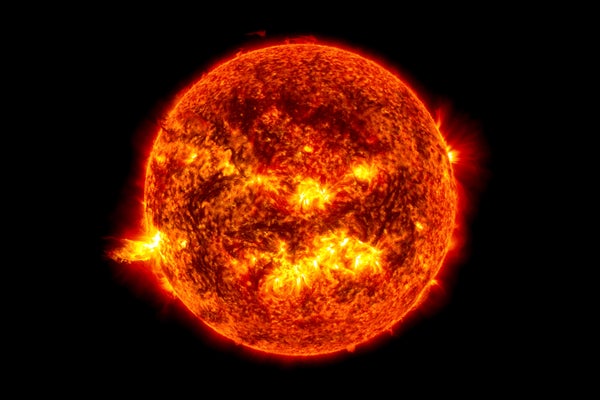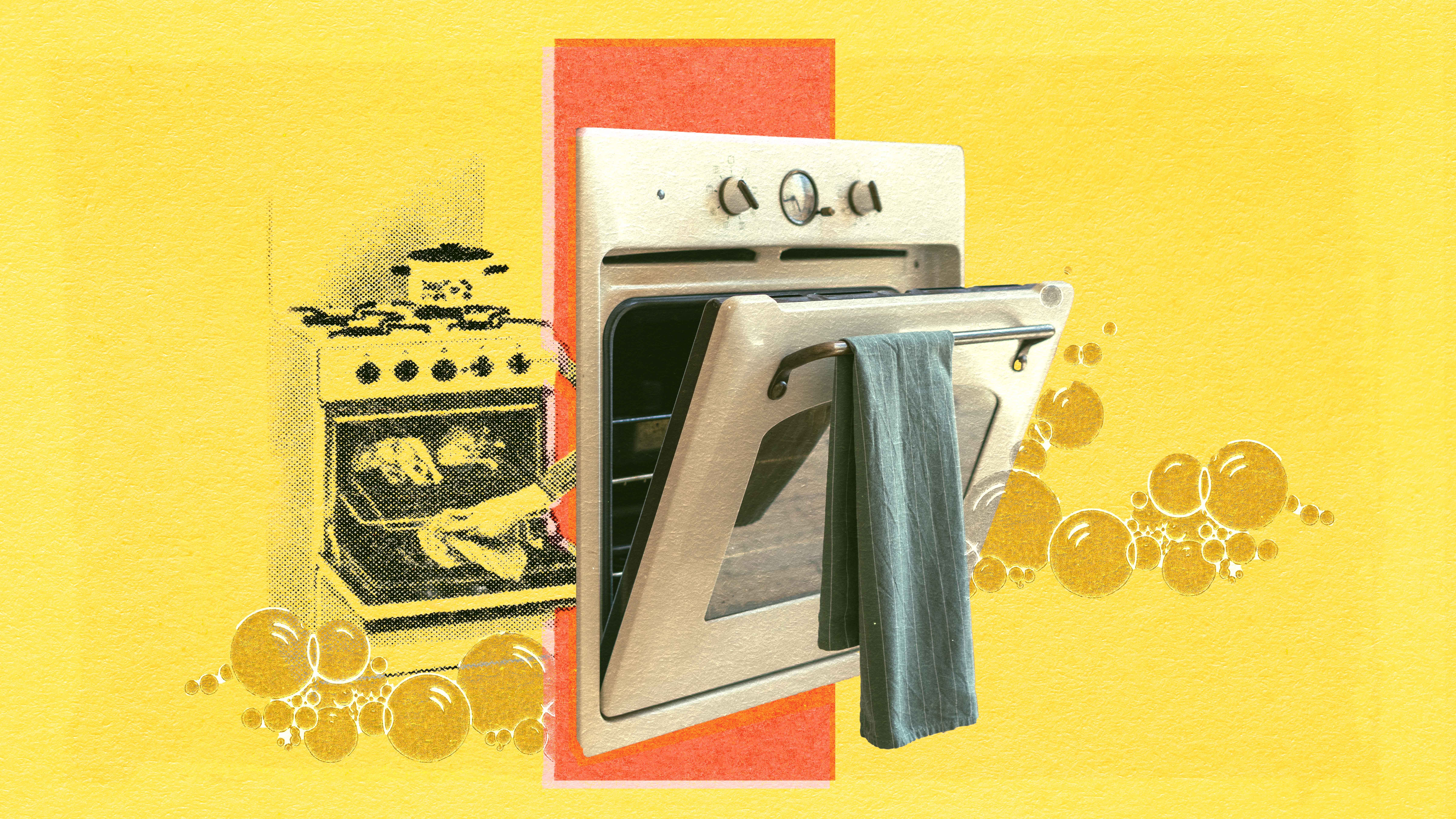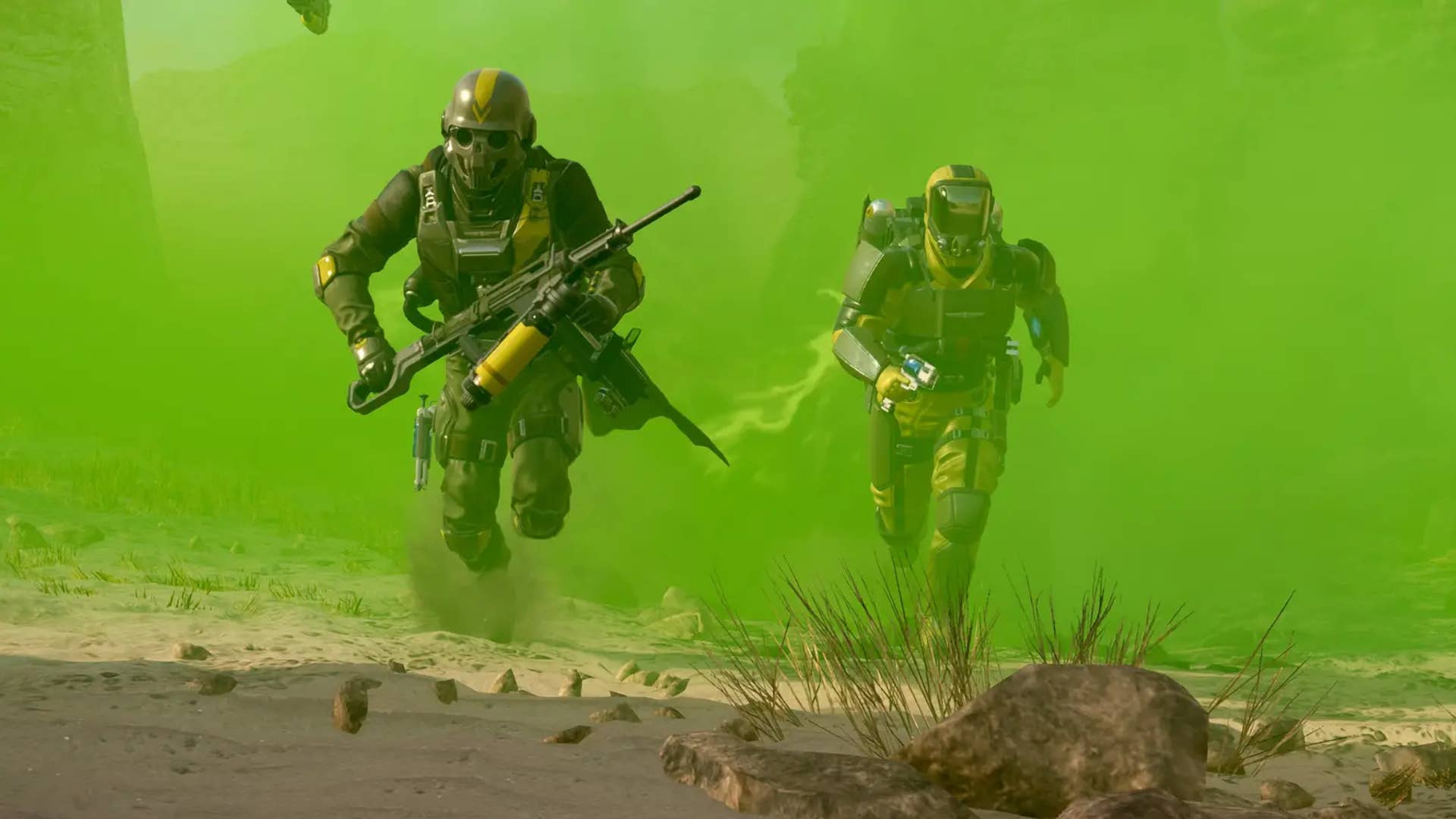
WWW.SCIENTIFICAMERICAN.COM
What Is a Star?
April 10, 20255 min readWhat Defines a Star?At the lower end, and to the bitter end, defining a star is tougher than you might expectBy Phil Plait edited by Lee BillingsA view of our sun, as seen by NASA’s Solar Dynamics Observatory. NASA/Goddard/SDOI love simple questions that wind up having complicated—or at least not straightforward—answers. Astronomers twist themselves into knots, for example, trying to define what a planet is, even though it seems like you’d know one when you see it. The same is true for moons; in fact, the International Astronomical Union, the official keeper of names and definitions for celestial objects, doesn’t even try to declare what a moon is. That’s probably for the best because that, too, is not so easy.What about stars, though? Do they also confound any sort of palatable definition?In a very broad sense, a star is simply one of those twinkling points of light you can see in the night sky. But that’s not terribly satisfying in either lexicological or physical terms. After all, we also know the sun is a star—but, by definition, we never see it in Earth’s night sky, and it’s certainly not a dot (unless you’re viewing it from well past Pluto, that is).On supporting science journalismIf you're enjoying this article, consider supporting our award-winning journalism by subscribing. By purchasing a subscription you are helping to ensure the future of impactful stories about the discoveries and ideas shaping our world today.If such a basic definition leaves us a bit dry, then perhaps we can do better. From centuries of scientific observations and theoretical physics, we can say more. Stars are massive, hot and roughly spherical. They’re held together by their own gravity, and they consist of plasma (gas heated so much that electrons are stripped from its constituent atoms). And, of course, they’re luminous. They shine, which is probably their most basic characteristic.That’s descriptive, certainly, but still doesn’t really tell us what a star is. What makes one different from, say, a planet? Can there be a smallest star or a biggest one?To sensibly answer such questions, we need to understand the core mechanism that makes a star luminous in the first place. Then we can use that understanding to better define what is or isn’t a star.Historically, astronomers were in the dark about this for quite some time. Many mechanisms were proposed, but it wasn’t until the early 20th century that quantum mechanics came to the rescue and introduced humanity (for better or worse) to the concept of nuclear fusion. In this process, subatomic particles such as protons and neutrons—and even entire atomic nuclei—could be smashed together, fusing to form heavier nuclei and releasing an enormous amount of energy.In a star’s core, fusion takes terrific temperature and pressure that is provided by the crushing gravity of the star’s overlying mass. For a star to be relatively stable, the outward force of the energy generated by fusion in its core must be balanced by the inward pull of the star’s gravity.There are a couple of different pathways for fusion to occur in stars like the sun, but in the end they both yield essentially the same result: four hydrogen nuclei (each a single proton) plus various other subatomic particles fuse together to form a helium nucleus, and this process blasts out a lot of high-energy radiation as a byproduct. In the sun, this process converts about 620 million metric tons of hydrogen into helium every second. That creates enough energy to, well, power a star.A critical aspect here is that once this reaction starts in a star’s core, it keeps going as long as there is enough nuclear material to fuel it. And while fusing through hundreds of millions of metric tons per second sounds like a lot to you and me, to a star, this is an infinitesimally tiny fraction of its mass, allowing it to keep shining for billions of years.So now we can say with more confidence what a star is: a huge gravitationally bound mass of luminous plasma in which the energy generated from sustained nuclear fusion in its core is balanced by gravity. Huzzah!Except (and you knew an “except” was coming) there’s a lower limit to the temperature and pressure needed to sustain fusion.For normal stars, it’s about 75 times the mass of Jupiter, or one twelfth the mass of the sun. Below that mass, there’s not enough pressure to kick-start the fusion process. But you might notice that no one is eagerly declaring anything dozens of times heftier than Jupiter to be a “planet,” either. In general, middling objects too massive to be planets but too lightweight to be stars are called brown dwarfs.This is where things get fuzzy—because it turns out that brown dwarfs can sustain certain sorts of fusion reactions, too. For example, they fuse deuterium, an isotope of hydrogen with an extra neutron in its atomic nucleus. Some can even fuse lithium with protons to form beryllium, and both these processes can occur at lower temperatures and pressures than the standard “single-proton hydrogen” fusion I described earlier. Brown dwarfs can sustain such conditions in their core, albeit only for mere tens of millions of years or so. But the question remains: Are these objects stars?For simplicity’s sake, astronomers would prefer to keep brown dwarfs in their own group and not call them stars. (Perhaps we could say they go through a brief “stellar phase” of fusion after they’re born.) So most of us would say that a star has to have sustained single-proton hydrogen fusion. It’s still a little bit arbitrary—after all, even this fusion eventually stops, though that might take up to several trillion years for some slow-burning stars. But setting this clear limit does make some sense.Stars have an upper limit on their mass, too. More massive stars gravitationally squeeze their core even harder, which can vastly increase the rate of fusion reactions. But that, in turn, hugely ramps up energy production, making the star hotter and brighter. If the star gets too massive, it can become so luminous that it literally tears itself apart. That limit isn’t well defined, but it’s somewhere in the neighborhood of 200 times the mass of the sun. We do see stars near this upper bound, such as Eta Carinae, and they are violently unstable, wracked by stellar paroxysms that blow out gas in humongous eruptions.What happens, then, after a star exhausts its nuclear fuel? Eventually the hydrogen runs out, leaving behind a core made of helium. This can get very complicated, but some massive stars can then fuse that helium into heavier elements and those elements into heavier ones yet. For true stellar heavyweights—stars with more than about eight times the sun’s mass—the end comes as a catastrophic supernova explosion that leaves behind a neutron star or black hole. Smaller, more sunlike stars have a more sedate demise that eventually blows off their outer layers to expose their dense, hot core to space. We call these slow-cooling stellar corpses white dwarfs.Besides black holes—which are so extreme they merit a category all their own—astronomers tend to refer to these stellar remnants as stars, but the lexicology there is hazier. These objects used to be a part of a star that once sustained fusion but not anymore. So while we may call them stars, we know they’re distinguished from “regular” stars like the sun. It’s a little confusing to laypeople, but astronomers have all sorts of terms that began with good intentions but are now outdated or should be deprecated.That makes sense; after all, the principal principle of science is that it learns. We get more data and we change our mind, though the terms we use may take a while to catch up. So for now we’re stuck with some words that will possibly (hopefully) fall out of use in the future.Planets, moons, stars: astronomers know the difference and know that at the edges, these terms can bleed into one another. Despite the fuzzy borders of these categories, recognizing the distinctions between the objects within them is what helps us understand the universe even better.
0 Commentarii
0 Distribuiri
53 Views












